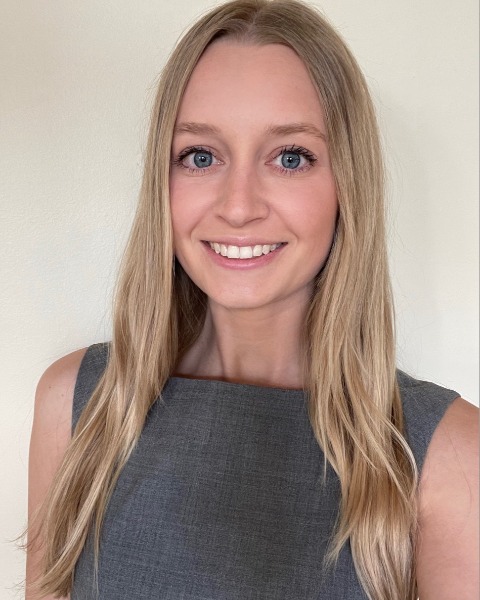Neonatology
Session: Neonatal Quality Improvement 6
97 - The Effect of CPAP Use on Time to No Respiratory Support, Full Feedings and Discharge Age: A Single-Unit Experience
Monday, May 6, 2024
9:30 AM - 11:30 AM ET
Poster Number: 97
Publication Number: 97.3139
Publication Number: 97.3139

Madison Lodge, MD (she/her/hers)
PGY-2
Seattle Children's
Seattle, Washington, United States
Presenting Author(s)
Background: Bronchopulmonary dysplasia (BPD) affects nearly 40% of premature neonates. Noninvasive respiratory support, such as continuous positive airway pressure (CPAP), is often used to mitigate risk of BPD. Despite studies demonstrating benefit of prolonged CPAP, there remains a paucity of data on the optimal duration of CPAP beyond the initial phase of respiratory distress.
Objective: To describe respiratory and feeding outcomes for neonates < 32 weeks gestational age (GA) after implementation of CPAP weaning guidelines. Specifically, we aimed to quantify time to successful discontinuation of all respiratory support, time to full oral feeds (FOF), defined as no longer requiring gavage feedings and corrected gestational age (cGA) at discharge.
Design/Methods: We conducted a retrospective study of inborn neonates born April 2021 through September 2023 between 25+0/7 and 31+6/7 weeks GA who survived to discharge. Neonates received standardized respiratory management per CPAP weaning guidelines implemented in August 2020. These guidelines outlined the earliest attempt to transition from CPAP to no respiratory support at 32 weeks cGA, with return to CPAP use for a minimum 5-7 days if not tolerated while avoiding use of high flow nasal cannula until >36 weeks cGA. We collected demographic, clinical, and discharge variables via chart review and described differences between historical medians and current cohort outcomes with run charts. We performed stratified analysis to further analyze differences between birth GA categories.
Results: 138 newborns were included. 23 neonates (17%) met criteria for BPD, nearly all stage 2 BPD (Table 1). 17 neonates (14%) were discharged with oxygen via low flow nasal cannula (LFNC) and 27 (24%) with nasogastric (NG) feeds, fewer than historical medians (Figure 1C). Of those who achieved no respiratory support, the median cGA was 32.6 weeks (IQR: 32, 34.3) (Figure 1A) with 80% of infants successful within 2 trials of CPAP removal (Table 1). The median cGA to FOF was 37.3 weeks (IQR: 35.9, 39.1), with a significant shift achieved over time (Figure 1B). The younger the birth GA, the later no respiratory support and FOF were achieved (Table 2).
Conclusion(s): Preterm infants were able to transition off respiratory support and achieve FOF earlier with the help of CPAP guidelines while reducing the need for home gavage feeds at discharge. Ongoing exploration of the relationship between prolonged CPAP support and later success at independent oromotor skills is needed.
.png)
.png)
.png)
